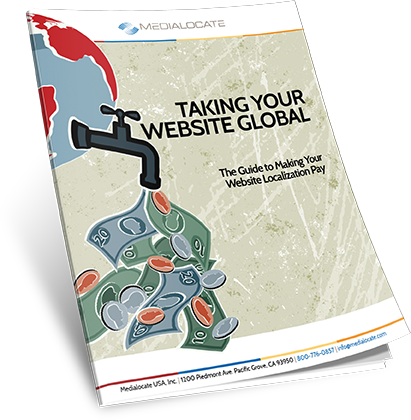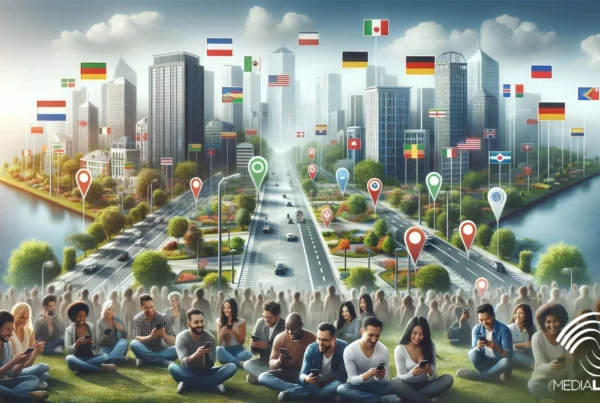You Know You Need a Global Content Strategy If…
But wait! you say. I don’t really need to care about my global content, do I? Isn’t that someone else’s problem? Isn’t that the job of the localization team (whatever it is those people do in that other building on that other campus)? Why would anyone other than the localization and translation people need to care? I’ve got enough content to worry about.
Well, my friend, I’m here to tell you that if you care about content in your local area, then you must care about content for your foreign constituents. Sorry, but you are not off the hook.
How do you know if you need a global content strategy? You need a global content strategy if:
- You translate content into more than four languages. Of course, you can have a global content strategy with fewer than four languages. But, once you hit four languages, things have a tendency to get a bit unwieldy and you’d better start managing your global content strategically.
- There are multiple groups in your company that independently translate content. Often, there are multiple groups translating content and you don’t even know about it. I’ve seen product groups release datasheets or webpages in multiple languages without anyone in marketing ever participating in a review.
- Individual geographies are creating content in their native language and no one at corporate ever sees it or knows about it. I’ve seen sales teams located in Asia (for example) create their own materials and the localization team in the U.S. was never even informed. Do you know where all of your content is, who is managing it, how many languages it is in, and where it lives? If not, it’s high time you figure it out.
- You don’t know the name of the head of localization. If you are responsible for content – any content – that is being translated, it is essential that you have a direct line to your localization team. Silo’d efforts at translation and localization might work for a little while. But trust me, silos are destined to fail at some point. You need to care and you need to care sooner rather than later.
- You have so many language service providers that you cannot remember who you sent what content to. Sure, many large companies work with more than one translation vendor. That’s a fairly standard practice. Unfortunately, I’ve seen companies work with so many different translation vendors that they have literally lost track of who is translating what. This results in some content being translated multiple times, some content never making it to translation, and a big disaster for anyone who is trying to get a product shipped on time.
- You don’t know what TM stands for. TM stands for translation memory. If your content is being translated, you need to understand what TM is and how it works. You also need to manage your TMs. Having multiple vendors each using their own individual version of your TM is extremely wasteful, creates mis-translations, and overall confusion. Plus it is ridiculously expensive. Know where your TMs are and keep them to a minimum. In an ideal world, you have a single TM that is used by both of your translation vendors.
- You are considering using machine translation. There are different kinds of machine translation: statistical, rule-based, and hybrids. MT systems can be complicated and expensive. To do it right, you need to use best-of-breed MT software and have experts help configure the software for your particular content. Then, you can save a helluva lot of money.
- You have tried using Google translate for real work. Enuff said.
The world is your oyster and the world is your customer. Make sure that you have a plan for localizing and translating your content. Make sure that you know who is responsible for translation. And most of all, pay attention, you’re about to learn a lot.
Read the rest of this ContentRules.com article here
http://www.contentrules.com/blog/content-strategy-goes-global/
Have questions about what you’ve read in this article?
Contact us at 831-655-7500 or
Email: [email protected]
Click Here for Your Free Report: “Web Localization – Taking Your Website Global”
Learn the fast, efficient, and most effective way to translate your website
and online content into additional languages.













